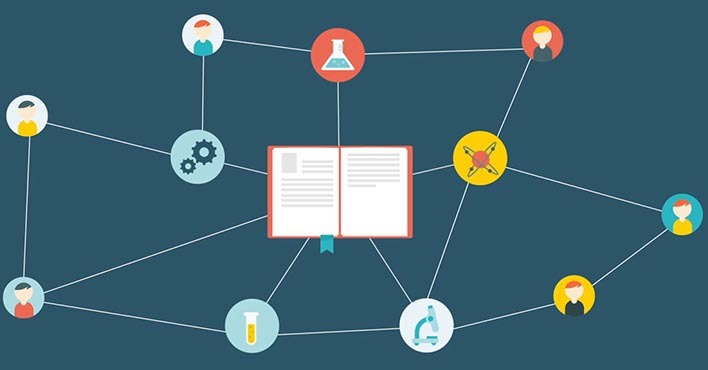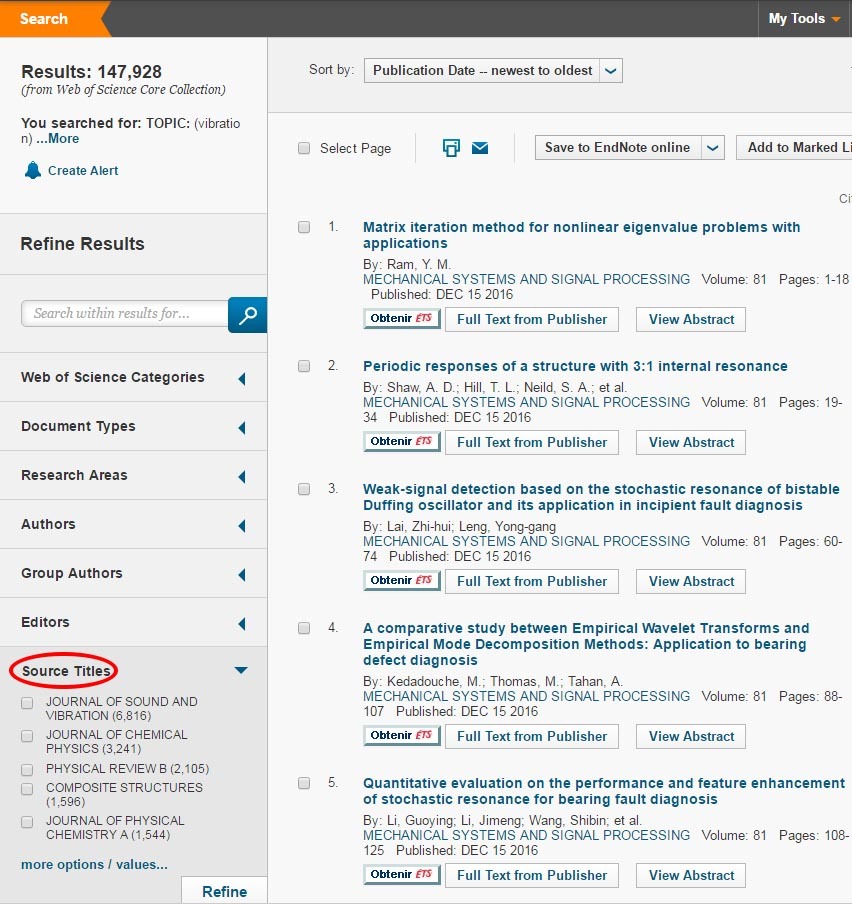Publishing Scientific Articles? Two Things to Consider Before Choosing a Journal

Choosing a scientific journal to submit a manuscript seems to be a simple step, but it often appears rather obscure to young researchers. The most frequently asked questions to librarians about this subject are based on misguided perceptions with regards to open access and impact factor. Are these variables important? What should be the criteria for selecting a journal? Also, how to get to know the journals in a field? Here are some answers.
Open Access
Open access is an essential element of choosing a journal. It is discussed more frequently, particularly given the exorbitant fees charged for accessing scientific literature and the new policies of funding agencies, which demand that articles resulting from funded research be made available for open access.
Keep in mind that the libraries of each university manage a repository of articles and manuscripts published by its community members. A significant part of scientific journal policy includes a specific clause allowing authors to deposit their publications in these institutional repositories. As a consequence, the documents are indexed by search engines and made accessible to the general public, as such it increases visibility and chances to be cited.
The institutional repository is a way to respond to open access requirements from funding agencies for the dissemination of funded research results.
Therefore, authors are advised to ensure that:
1) the journal allows self-archiving into an institutional repository;
2) the format of the manuscript to be archived (pre-print, post-print or published PDF) suit their expectations and requirements;
3) they keep the file for archiving in the repository of their institution (at ETS, it is Espace ETS).
For more information on the types of open access, the different versions of a manuscript, how to deposit an article in an institutional repository or yet, how to detect potential “predatory” publishers, consult our column “Open Access Journals: A Great Option for Researchers”.
Impact Factor
The impact factor from Web of Science database as well as Scopus SNIP is a measure based on the citations received by a journal’s articles.
We must not fall into the trap of evaluating article quality according to the impact factor of journals in which they are published. To publish in a high impact journal is no guarantee of being cited. First, the citations are distributed unevenly between articles in a journal; in fact, 80% of citations are generally concentrated on 20% of articles[i]. Second, highly cited articles are increasingly published in a great variety of journals, not just in the high impact ones[ii].
So, what is the importance of a journal’s impact indicators?
The fact that a journal has an impact indicator shows that it is indexed in the Web of Science or Scopus databases, according to the indicator. These databases include the internationally most cited journals in all fields, and have fairly strict selection criteria and a reference process allowing for citation measurement. They are also used to compile indicators on the scientific production of research groups, of institutions and countries, making possible the analysis of their contribution to the advancement of science.
So, researchers who value international visibility should favor the journals indexed in Web of Science and Scopus.
Researchers should not always rely on impact factors displayed on journal publishers’ website — often on the homepage. Some journals claim to have an impact factor in order to portray a positive image to authors, when it could be a journal of a dubious credibility. In such cases, it is safer to visit directly Web of Science and Scopus websites to ensure the journal is listed there.
Get Acquainted with the Journals of Your Field
A good start is to initiate a query on your topic of interest. Both Web of Science and Scopus offer several options in the menu (left) of the search results window (as in the picture below). You will find for instance, journals that have the most publications, and domains related to your search topic.
The Journal Citation Report is also a tool to explore scientific journals listed in Web of Science from several different angles. You can, among other things, get the journal’s list related to the field of your subject of interest and sort it by impact factor.
Even if a journal appears relevant to you based on its title and category in the databases, it is important to look at its editorial scope on the publisher’s website.
The Librarians always have neat tips to improve the efficiency of your literature search. Feel free to contact them if you have questions!
[i] University of Oulu, Limitations and biases of the Impact Factor, Evaluation based on scientific publishing : -Journal Impact Factor, [online] last updated: Sep 15, 2016 12:02 PM, URL: http://libguides.oulu.fi/c.php?g=124852&p=3530417 (Site consulted on Sep 17, 2016)
[ii] Lozano, G. A., Larivière, V. et Gingras, Y. (2012). The weakening relationship between the impact factor and papers’ citations in the digital age. J. Am. Soc. Inf. Sci., 63 : 2140–2145. doi : 10.1002/asi.22731




